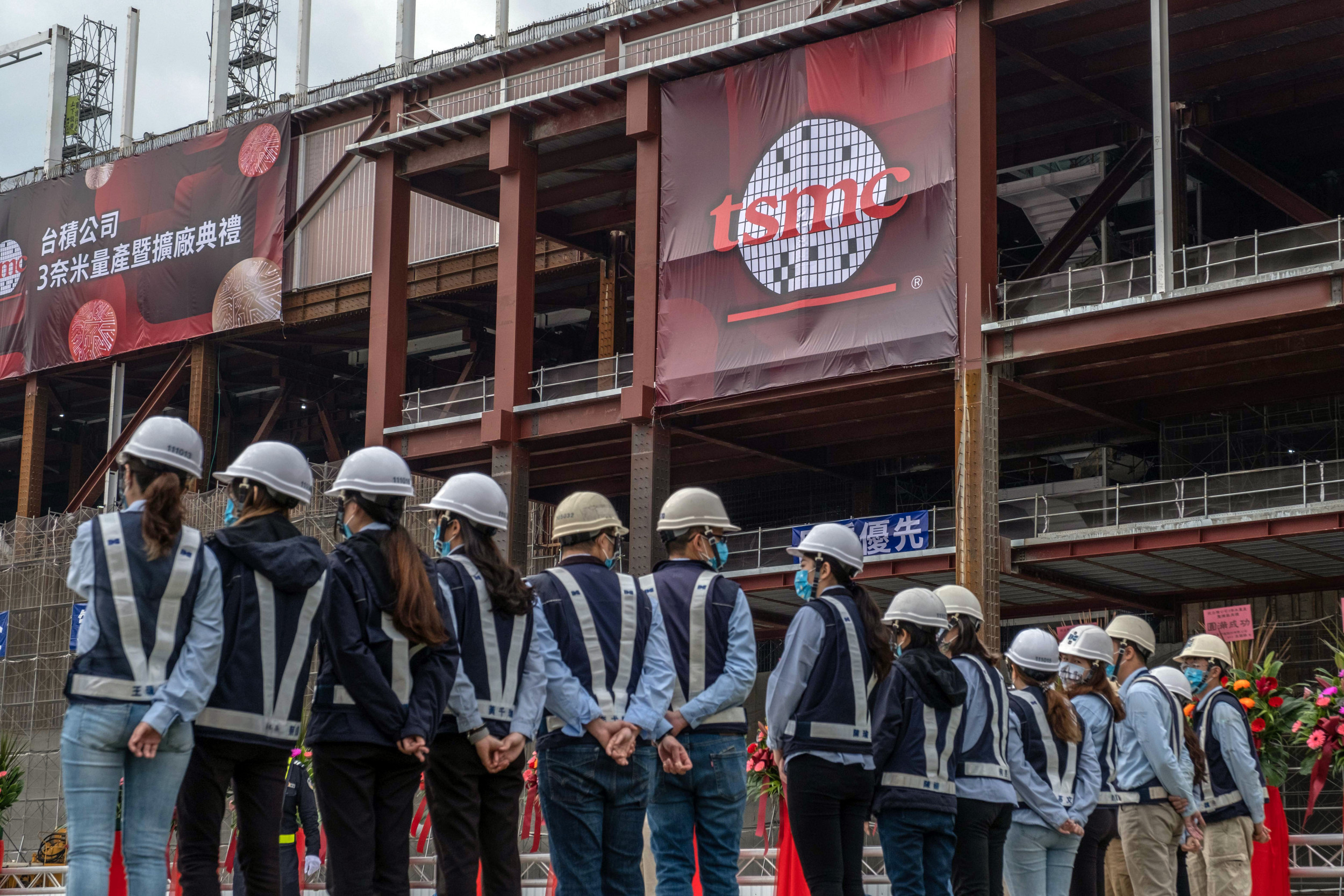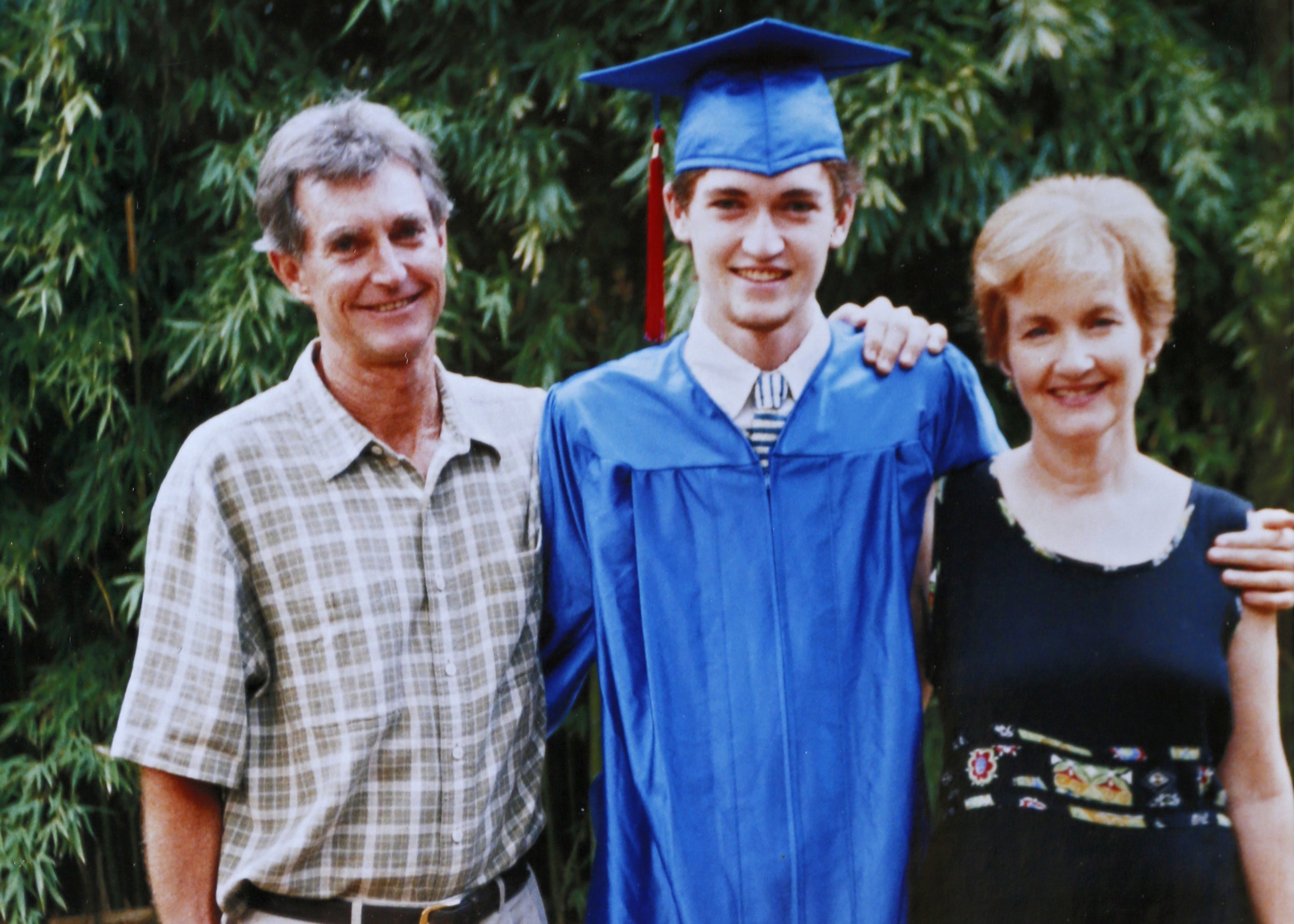Maia Lekow and Christopher King’s “How to Build a Library” may be more aptly titled, “How to Game the System.” This is not meant as derisive, but simply the reality faced as the documentary‘s central figures, Angela Wachuka and Wanjiru ‘Shiro’ Koinange, work to raise money, gladhand, and reshape traditional library practices in order to create a de-colonized space for Africans young and old to grow, learn, and connect. Noble as their pursuit may seem, after five years making inroads with politicians, many of the values they held at the beginning of the film don’t necessarily remain intact by its conclusion.
“How to Build a Library” begins in 2017. Shiro and Wachuka are a writer/publisher duo who team up to form Book Bunk, a “social impact firm” built on the mission of revitalizing the McMillan Library in the downtown area of Kenya’s capital city, Nairobi, as well as neighboring branches in Makadara and Kaloleni. While the latter two libraries and their transformations are showcased throughout the film, McMillan remains the main focus, both for its size and central location, but also because of the history it holds.


Built in 1931 by white settlers, McMillan was not allowed to be used by Africans until 1958. The County Government of Nairobi had operated the large, stone-columned building since then, but over time, let it fall into decline. As Shiro and Wachuka tour it at the beginning of the film, they notice bookshelves held up with tree trunks, newspapers, chairs, and desks stacked everywhere, no toilets, but more than anything else, a complete lack of Kenyan culture and history. Instead, relics of colonialism adorn every wall. Most of the books lining the shelves are from white authors and many feature dated references to the African population.
The entire space serves as a perfect metaphor for a forgotten interest in education, but also the hold of empire on generations. Being Black women in the literary world, Shiro and Wachucka have a vested interest in changing this and turning McMillan into a premiere venue for African historical and cultural exchange, but as they get into the nitty gritty of getting contracts signed and commitments made, the act of building a library becomes more about making others feel like they’re in charge.
“They don’t look at the bigger picture of developing minds,” the chief librarian says at one point during a meeting with Shiro and Wachuka to discuss how they should work with the government. With this knowledge, the two intrepid young women realize their strategy has to revolve around making people in power think giving this library a new life was their idea entirely. At gala events hosted at McMillan to raise funds, they make sure to place the spotlight on individuals in the government, from an executive council member for education to the governor of Nairobi himself, all of whom clearly enjoy taking credit, but are really only in it for the fancy parties and photo opportunities.
What is simultaneously impressive and disheartening is how good Shiro and Wachuka become at playing the game. Perhaps it only comes as a result of the many delays lawyers and others create for them or the general what’s-in-it-for-me attitude both are forced to contend with, but as their journey progresses and the fruits of their labor begin to flourish, it’s clear this would’ve been impossible were it not for their willingness and ability to work within an incredibly self-involved system. Often this work comes at the detriment of their own health and ultimately their entire values, as the work they do to enliven the neighboring branches proves so successful, it garners the attention of the British royals. King Charles himself ends up visiting one of the libraries during his visit to Kenya and while many on staff wish to draw a line in the sand to stop this event, Shiro and Wachuka know doing so could threaten their ultimate goals.
Despite the initial intent of their mission, the empire’s continued grasp on not only this institution, but on the individuals trying to care for it proves a troubling juxtaposition. Even librarians who are supposed to be working with Shiro and Wachuka to modernize how the libraries will organize their collection can’t help but feel bound to the Dewey Decimal System, which prioritizes European perspectives over Africans. As ironic as their defense of this system and struggle to adapt to a new one may seem, it also speaks to the thematic nature of change the film as a whole aims to capture. By the time we see what Shiro and Wachuka have managed to create — a home for African stories to be told by Africans — it’s hard to be concerned about how this came to be more than simply being moved it managed to happen at all. Not only do children now see themselves reflected in where they come to learn, but adults too are given the opportunity to come share their history and add to the archives Book Bunk is working to reshape.
In terms of how the story is told, Lekow and King work hard to stay as objective as possible while still centering Shiro and Wachuka’s personal journeys as well. At times, the presentation is reminiscent of Spike Lee documentaries like “When the Levees Broke” and “NYC Epicenters 9/11 -> 2021 1/2,” both in its use of a horn score that evokes Terence Blanchard and how it lays in archival footage and imagery to extend what is being told in the present.
Ultimately, while Kaloleni and Makadara complete its constructions, McMillan’s renovations remains unfinished by the close of “How to Build a Library,” though funds were being raised and the governor did approve plans. At the same time, in 2024, major protests erupted in Kenya over rising taxes and corruption. Ending the film in this way, with no resolution and another conflict potentially blocking Shiro and Wachuka from seeing their vision through, mixed with the complicated undertones around Shiro and Wachuka being part of the very system their countrypeople are protesting, tragically leaves viewers in murky territory that muddles the overall intention of the documentary.
Grade: B-
“How to Build a Library” premiered at the 2025 Sundance Film Festival. It is currently seeking U.S. distribution.
Want to stay up to date on IndieWire’s film reviews and critical thoughts? Subscribe here to our newly launched newsletter, In Review by David Ehrlich, in which our Chief Film Critic and Head Reviews Editor rounds up the best new reviews and streaming picks along with some exclusive musings — all only available to subscribers.




















 English (US) ·
English (US) ·